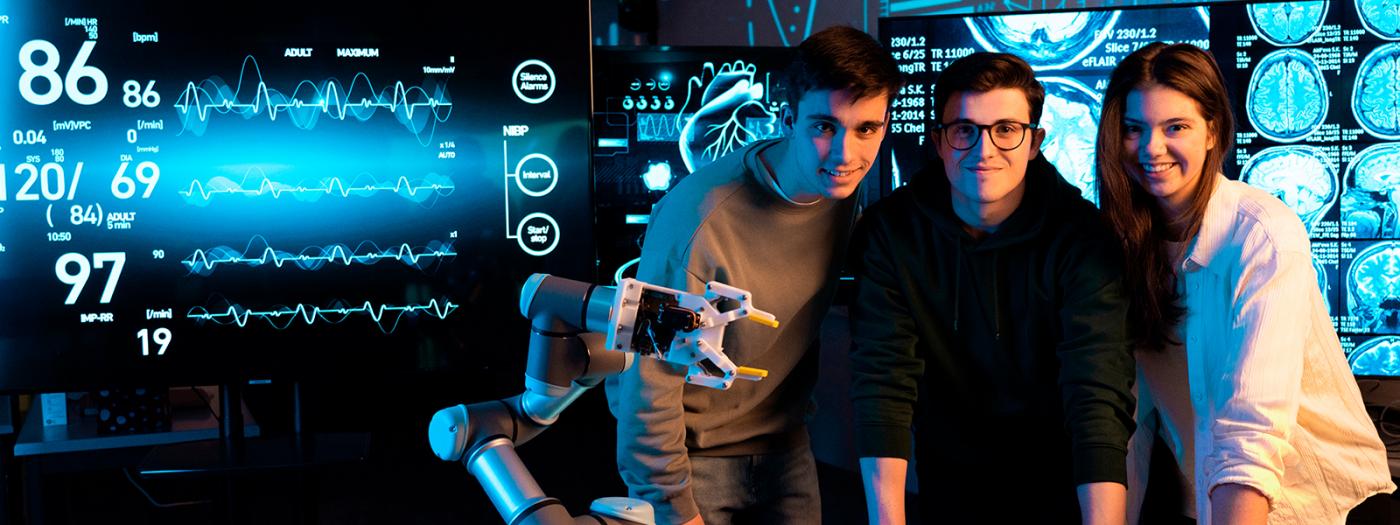The subject of Human Anatomy introduces students to the different systems that make up the human body and how they interrelate with each other. Thus, the structures of the human body, its basic functions and the connections that exist between them are revealed. Students are prepared to later acquire broader knowledge about the functions of these systems and their integration into the overall functioning of the human body. The latter will be done in the second year subject: Human Physiology. Anatomical systems will be studied fundamentally at a macroscopic level (structures identifiable with the naked eye), although the different sublevels of tissue and cellular organization will also be presented to understand the composition of each structure.
Professors
Not requiered
Students who take this subject acquire the knowledge indicated below:
1. Identify the structures corresponding to the different systems of the human organism.
2. Organize the elements studied at cellular, histological, organic and systemic levels.
3. Recognize the basic functions of each system.
4. Discover the interrelationships between the different systems of the human body.
1. General anatomy.
2. Integumentary system.
3. Skeletal system.
4. Articular system.
5. Muscular system. Fascias.
6. Cardiovascular system. The blood.
7. Nervous system.
8. Digestive system.
9. Respiratory system.
10. Urinary system.
11. Reproductive devices.
12. Endocrine system.
13. Body cavities
The methodology used is based on the model of master classes (theoretical), practical classes and flipped classroom (flipped classroom).
During the master sessions, students will receive explanations on how to approach the content to identify the most relevant and necessary structures that they must learn with the corresponding anatomical interrelationships.
The practical classes will be carried out in small groups with the objective of working between 4-5 students with a list of anatomical structures to identify on high-resolution (3D) plastic anatomical models, which simulate real anatomical structures.
Classes with the flipped methodology classroom , consist of carrying out some activities, directed by the teaching staff, that the students will carry out on their own prior to the session in which they will delve deeper into the same topic of the activities.
See electronic folder of the subject.
See electronic folder of the subject.
See electronic folder of the subject.
See electronic folder of the subject.
